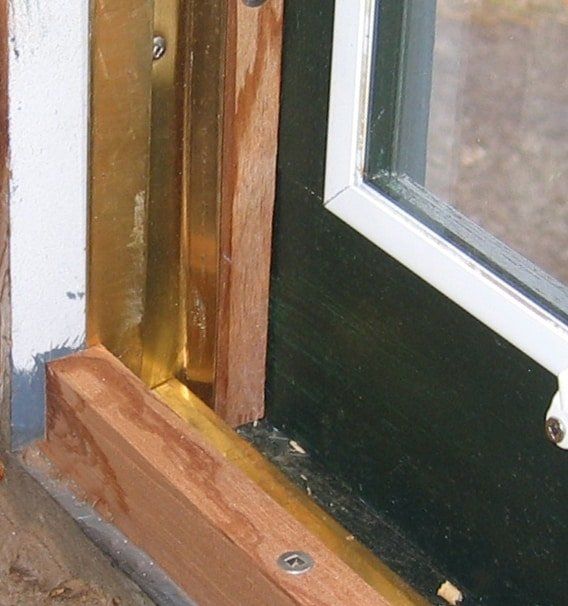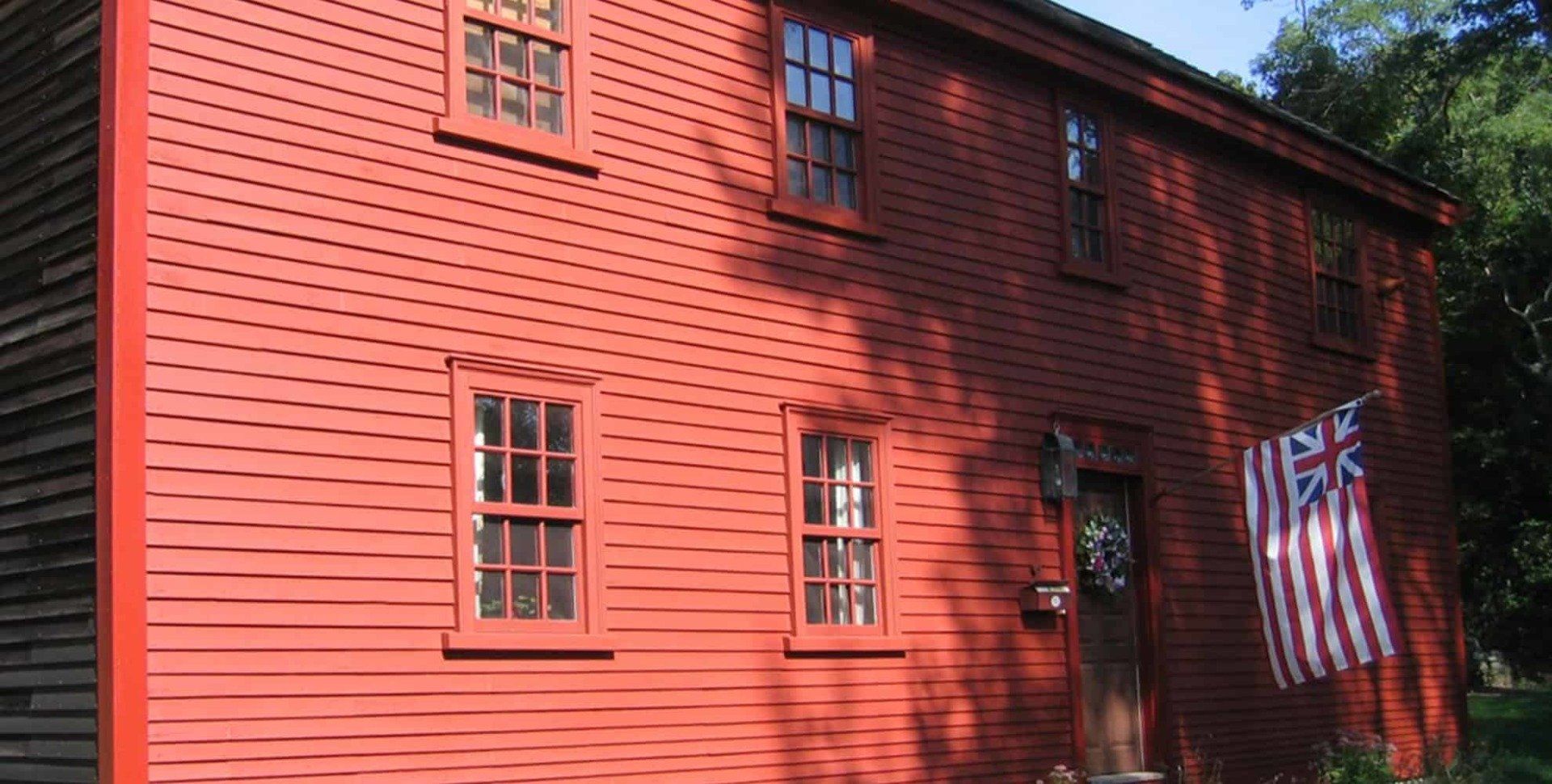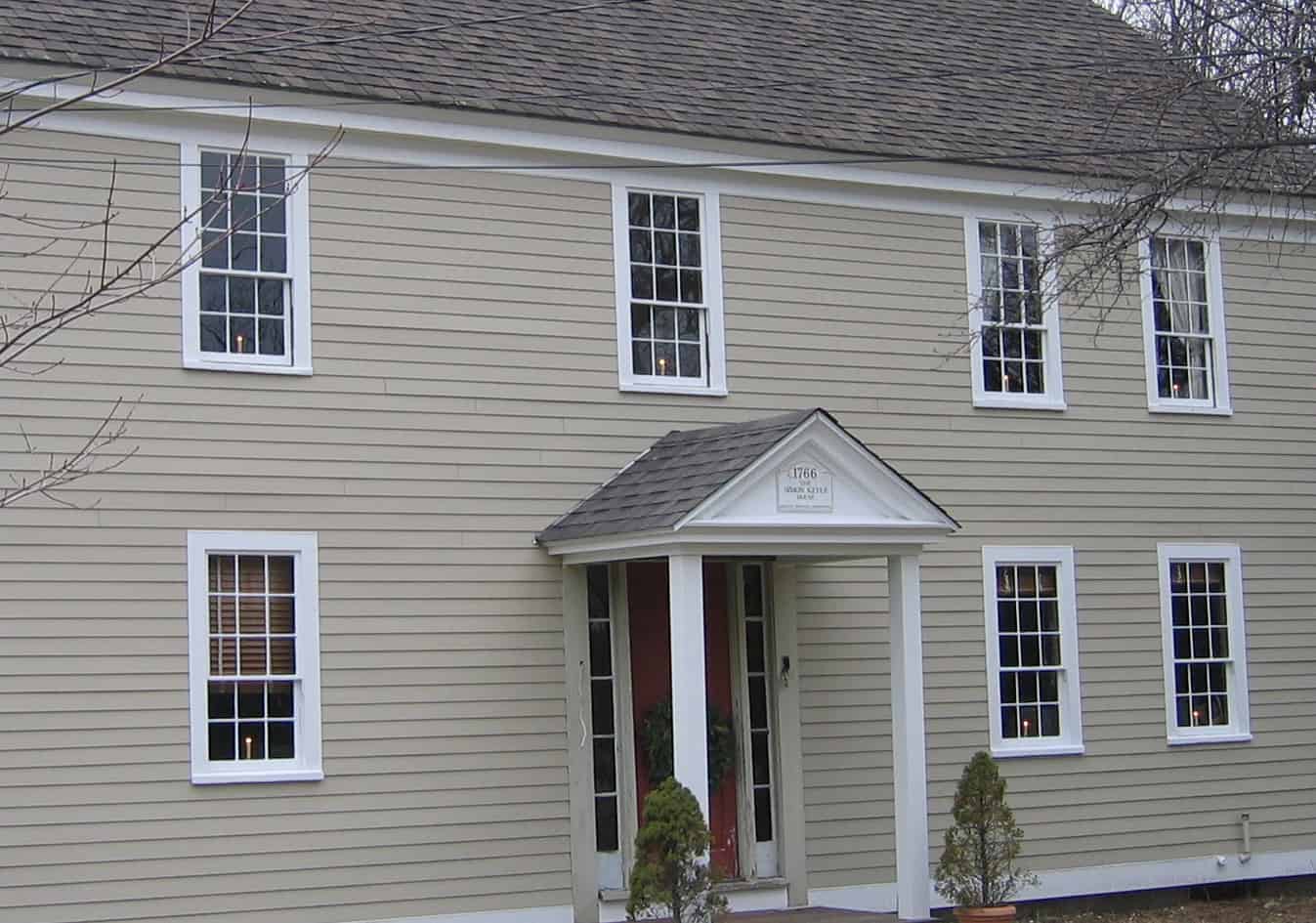
If you own a house built before 1960 that has its original windows, be grateful. Nothing will ever look as good. And, contrary to what you may have heard from the building and remodeling industries, new windows will not function better. They will not save you buckets of money in energy costs. They may not even last until you have finished paying for them.
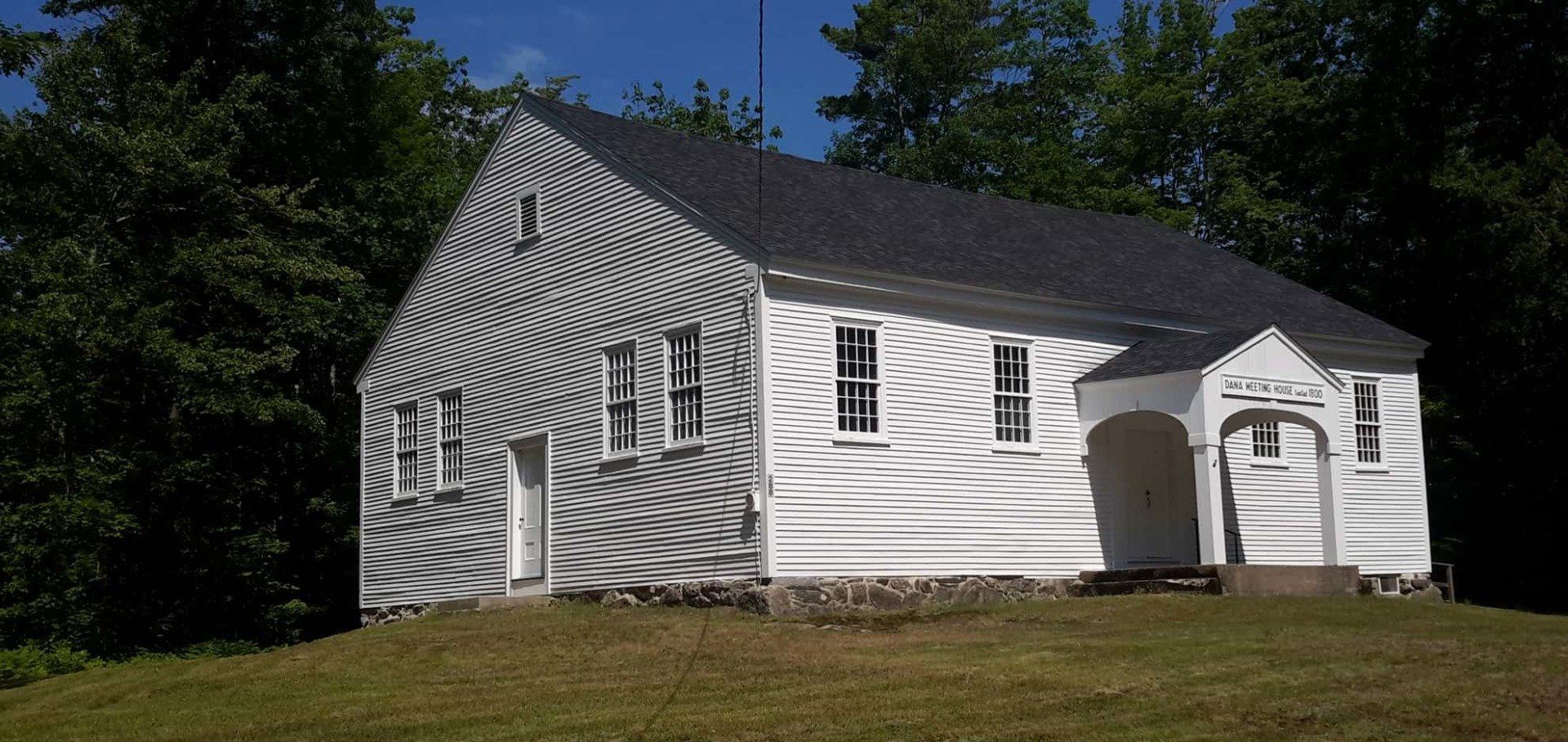
This fact sheet discusses the causes of and remedies for wintertime condensation problems that occur on windows, glass, and other glazing materials in residences. This is the most common example of surface condensation in the house. For a discussion of concealed condensation and other aspects of moisture control in residences, see the fact
sheet listed at the end.
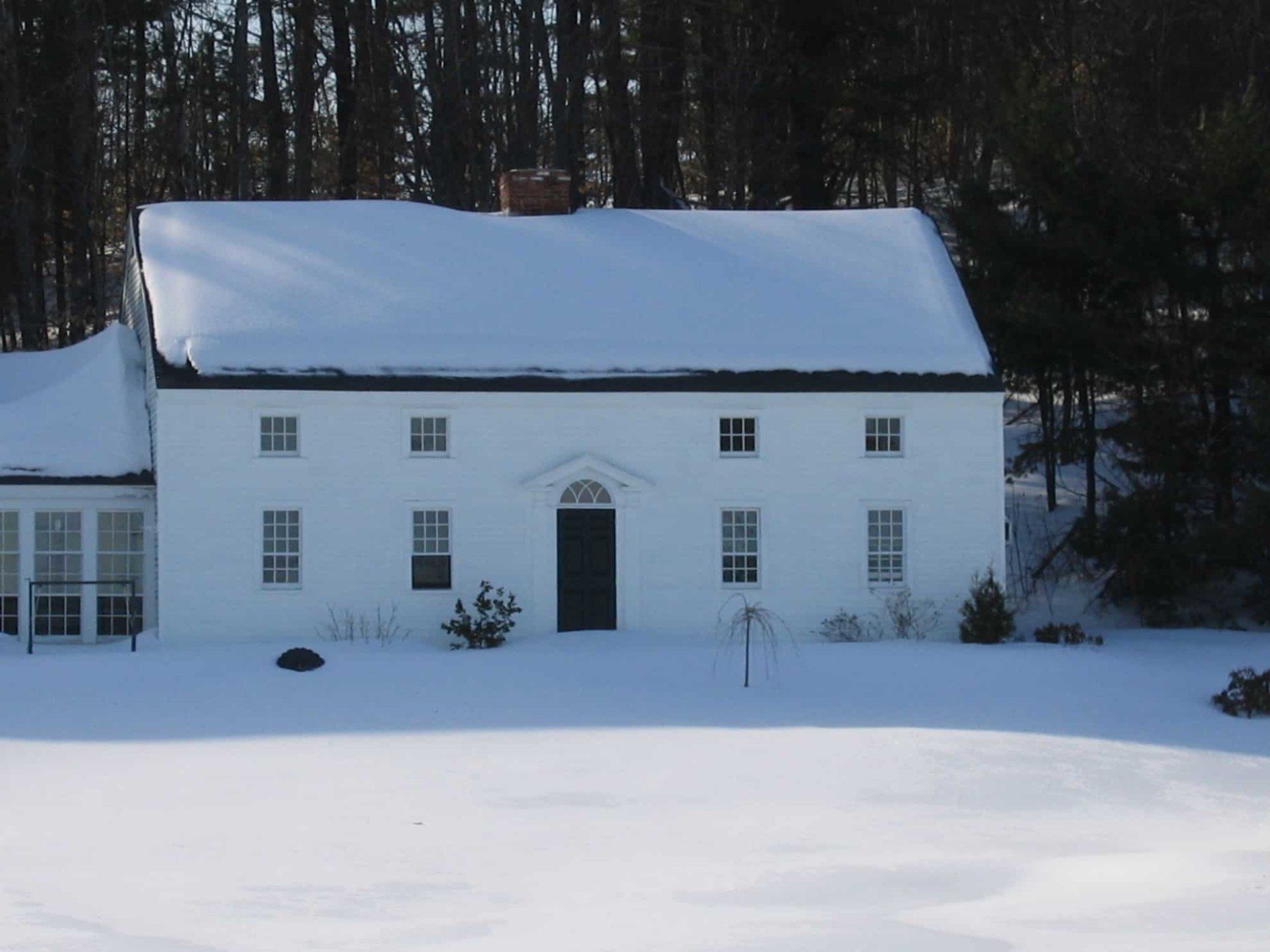
The Forest Service guard station at the Spruces in Big Cottonwood Canyon has stood sturdily for 61 years. But it is due for some repair and restoration. The windows especially need attention: They let in cold air, have suffered some damage to the millwork and, in some cases, do not open. When the Forest Service turned to USHS architect Don Hartley for advice, Don brought in historic windows craftsman Phil Kearns to help discuss solutions.
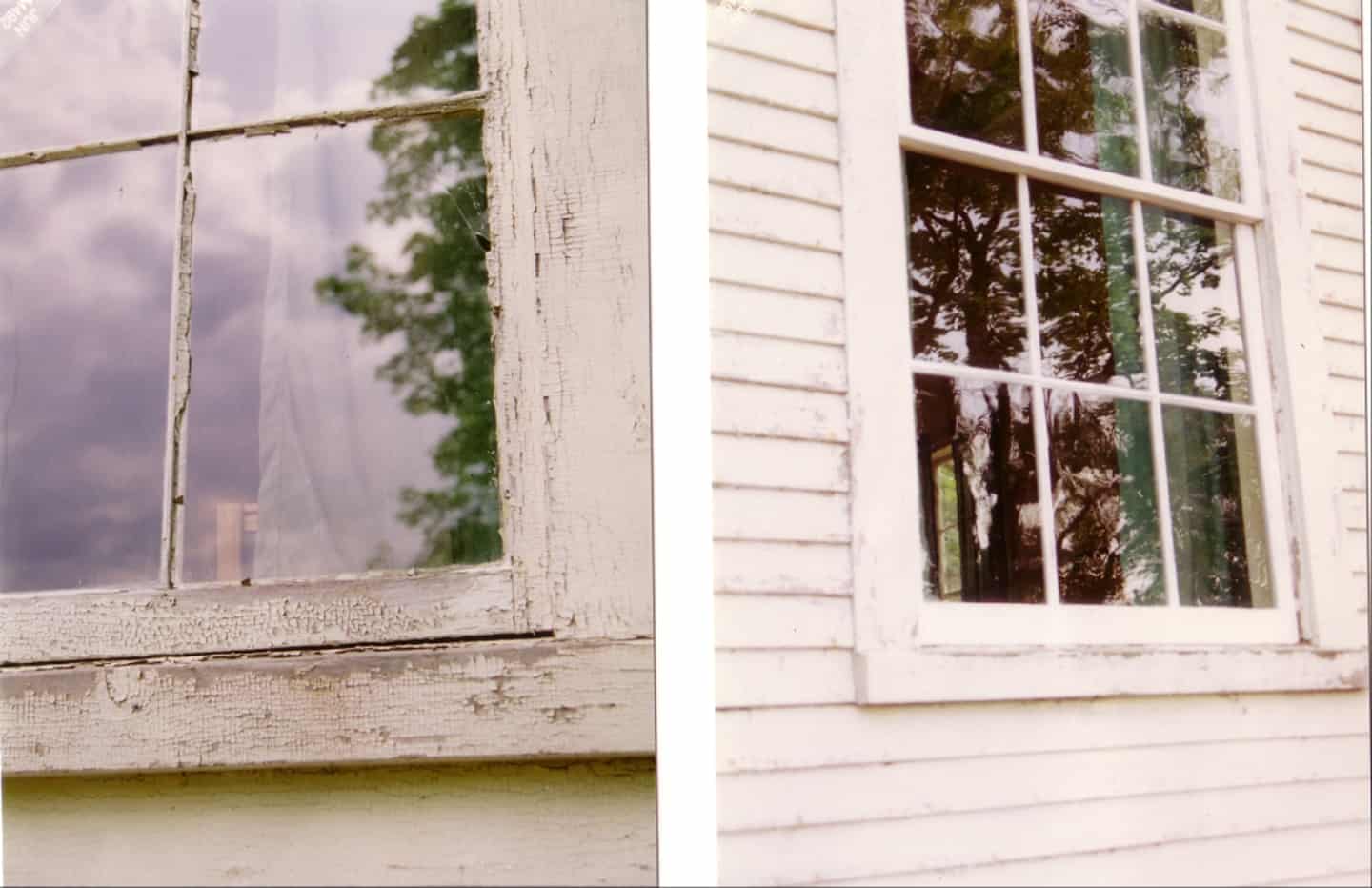
U value of a single pane window (that old wood window): 1.10
U value of a single pane window combined with a storm window: 0.50
U value of an expensive new double pane thermal replacement window:
0.58
(remember that the lower the U value the better. You will note that
your old wood window combined with a storm window is about 15%
more energy efficient than that new replacement window. Those new
windows will cost you, not save you money.)

